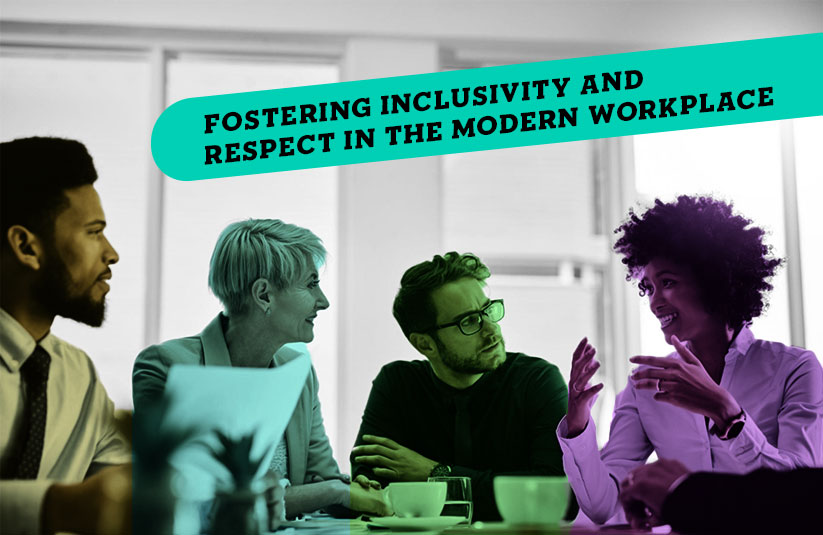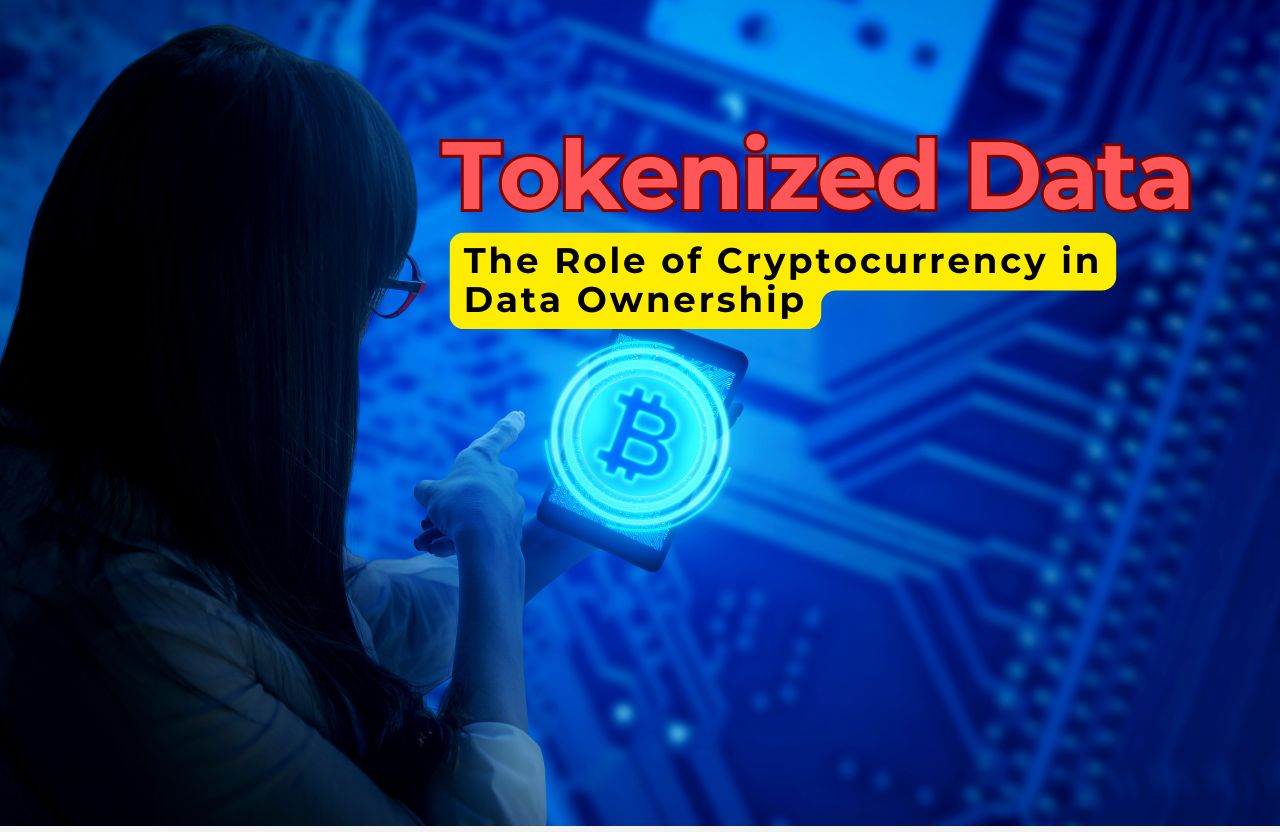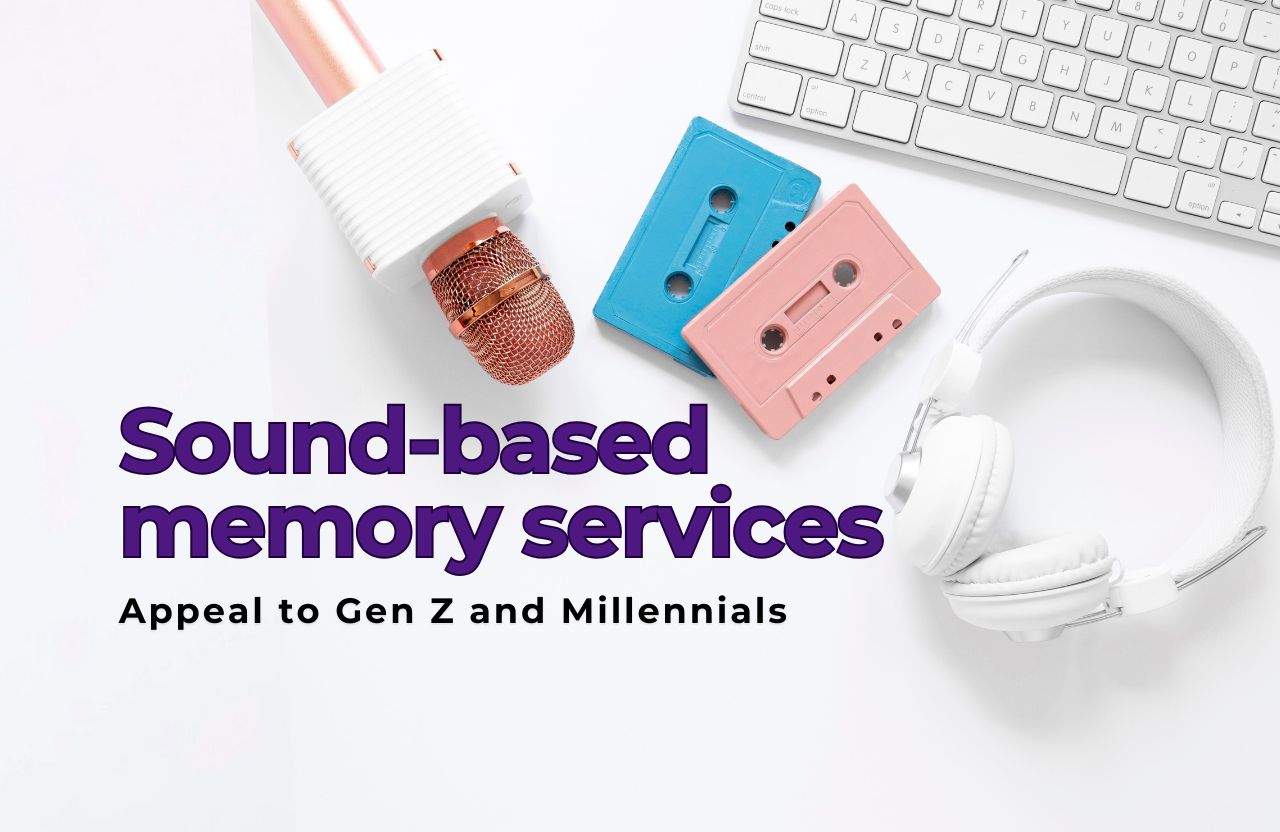In an era where diversity and inclusivity are more than just buzzwords, the modern workplace is undergoing a significant transformation. This transformation is centered around creating environments that are not only diverse in composition but also inclusive in practice and respectful in interactions. This article delves into the strategies and practices that can foster such a culture, ensuring that all employees feel valued, respected, and empowered.
The Importance of Inclusivity and Diversity
In today’s globalized world, the importance of inclusivity and diversity in the workplace cannot be overstated. A diverse workforce offers a rich tapestry of perspectives, enhancing creativity and decision-making. However, diversity alone isn’t enough. True inclusivity is key, ensuring all voices are heard and valued. It’s not just a moral imperative but a strategic advantage, leading to higher employee satisfaction, better problem-solving, and improved organizational performance. Embracing both diversity and inclusivity is essential for businesses aiming to thrive in a dynamic, interconnected world.
Understanding and Overcoming Implicit Bias
Implicit bias, the subconscious attitudes influencing our understanding and decisions, is a significant barrier to inclusivity. Recognizing these biases is the first step towards creating a more equitable workplace. It’s essential for individuals and organizations to actively engage in introspection and education to identify and mitigate these hidden prejudices. Overcoming implicit bias involves continuous learning, open dialogue, and implementing bias-awareness training. Addressing these unconscious biases paves the way for more inclusive interactions and decision-making, fostering a workplace culture that respects and values diversity.
Creating a Culture of Open Communication
Central to the theme of inclusivity is the concept of open communication. This part of the article explores how fostering an environment where employees feel comfortable expressing their thoughts and concerns leads to a more inclusive workplace. It discusses the role of management in encouraging open dialogue and the importance of active listening in understanding and addressing the needs of all employees.
Promoting Empathy and Understanding
Empathy and understanding are cornerstones of an inclusive workplace. They involve deeply comprehending colleagues’ experiences and perspectives, fostering a culture of mutual respect and support. Encouraging employees to actively listen and empathize with their peers helps break down barriers and nurtures a more cohesive and collaborative environment. Training sessions focused on empathy development can enhance interpersonal relationships and team dynamics. By prioritizing empathy, organizations not only enrich their workplace culture but also drive effective and compassionate collaboration, essential for a diverse and inclusive work environment.
Addressing and Preventing Workplace Discrimination
In this crucial part of the article, the focus shifts to identifying and addressing workplace discrimination. It discusses the different forms discrimination can take, from overt actions to more subtle behaviors. The section provides insights into developing effective policies and practices to prevent discrimination and ensure that all employees feel safe and respected.
The Role of Leadership in Inclusivity
Leadership is pivotal in shaping an inclusive workplace. Leaders set the tone, influencing the culture through their actions and policies. Inclusive leaders go beyond embracing diversity; they actively foster an environment where every individual feels valued and heard. They demonstrate empathy, encourage open communication, and ensure equal opportunities for all. By leading with inclusivity in mind, leaders can transform organizational norms, creating a space where diversity is not just accepted but celebrated. Such leadership is crucial in building and sustaining a work culture that truly embraces and benefits from its diversity.
Building Inclusive Teams
The article then moves to the practical aspects of building inclusive teams. It discusses how to structure teams and workflows in a way that ensures diverse voices are heard and respected. This section provides actionable advice on recruitment, team composition, and day-to-day management practices that promote inclusivity.
Continuous Learning and Adaptation
Recognizing that fostering inclusivity is an ongoing process, this section discusses the importance of continuous learning and adaptation. It highlights the need for regular training, feedback mechanisms, and a willingness to change practices as needed to ensure that the workplace remains inclusive and respectful.
Encouraging Employee Participation
For a truly inclusive workplace, employee participation is key. It’s important to empower all team members to contribute to inclusivity initiatives. This can be achieved by creating forums for open dialogue, encouraging feedback, and involving employees in diversity programs. By valuing their insights and experiences, organizations foster a sense of ownership and commitment towards inclusivity goals. Active participation from every level ensures that inclusivity is woven into the fabric of the company’s culture, making it a collective and ongoing effort.
Conclusion
In conclusion, fostering inclusivity and respect in the modern workplace is a multifaceted endeavor that requires commitment from every level of an organization. From recognizing implicit biases to empowering leaders and encouraging employee participation, every step towards inclusivity is a stride towards a more dynamic, innovative, and harmonious work environment. Embracing this journey not only enriches the workplace culture but also drives organizational success, proving that inclusivity and respect are not just ethical imperatives but essential business strategies for the contemporary world.













